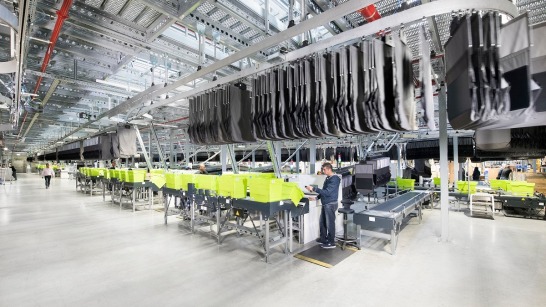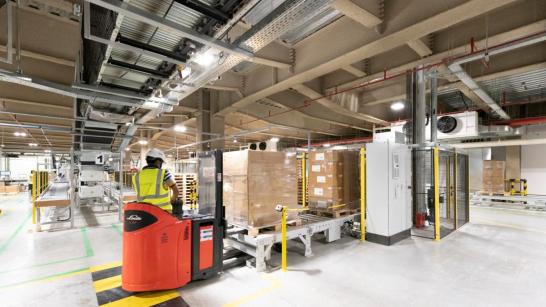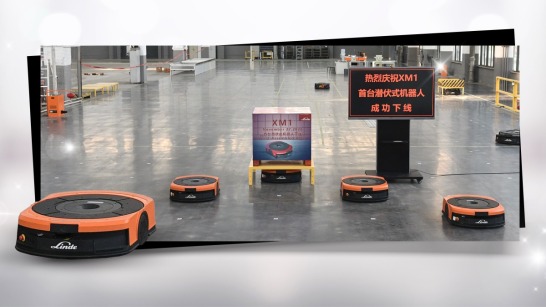
Mastering returns logistics - with automation solutions
The Christmas holidays are over, but Christmas gifts often turn out to be the wrong size or not to the taste of their recipients. This means that, all over the world, millions of returns are initiated. In times of COVID-19, most of these are submitted through online channels. But when (too) many shipments are returned to merchants at the same time, for example after Christmas, a backlog can build up at the distribution centers of e-commerce companies. This is where Dematic, the KION Group subsidiary specializing in automation, can help with innovative solutions that avert the collapse of the system under the weight of mounting returns.
2021-01-13




